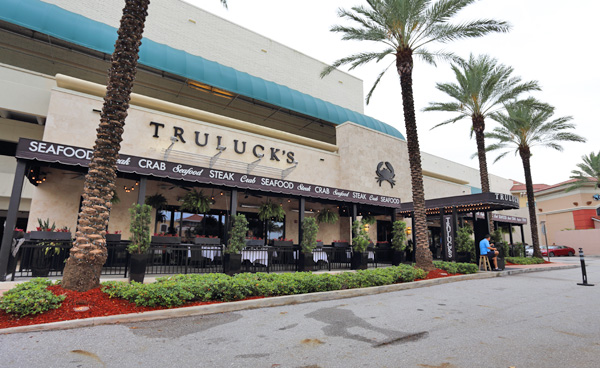It has been an exciting time among the commercial real estate markets, with growth in the demand for space, a downward trend in vacancy rates, and growth in the construction of new space. One of the most exciting sectors in commercial real estate is the retail market, with much of the discussion surrounding e-commerce and its impact on more traditional bricks and mortar retail locations. Throw in an interesting, to put it mildly, election season, and there is a lot to talk about, debate, digest, and interpret regarding the direction of the retail real estate market.
From a statistical standpoint, the retail sector continues to show signs of strength, with net absorption of space approaching 2-million square feet in the third quarter alone. Over the past twelve-month period, the retail sector has absorbed a net total of nearly 6-million square feet. This has pushed the vacancy rate downward, from nearly 8% at the end of 2015, to a current rate of 7.2%. Of course, much of the press has been directed toward e-commerce, with companies such as Amazon executing leases on several warehouse facilities in the Chicagoland area and throughout the Midwest, but more traditional retailers have been active as well, with Wal-Mart, Mariano’s, and Jewel-Osco all signing sizeable leases during the year. New construction continues to occur as well, with over 3-million square feet of new space added to the Chicago market over the past twelve months.
Retailers like to keep an eye on several indicators to help with forecasting demand and when deciding when and where to invest. Once such statistic is Consumer Confidence levels. Post-election, Consumer Confidence increased significantly, improving from an October level of 100.8, to a November number of 107.1. Once again, confidence in the economy is at pre-recession levels. The retail real estate sector loves a happy consumer. Rick Scardino, a Principal at Lee & Associates in Chicago, notes that there has been a significant uptick in interest for a variety of retail. “Most interesting,” says Mr. Scardino, “are the number of calls I have received recently from people in the day-care segment. I’m getting calls from people looking at child-care as well as pet-care facilities.” With more people getting back to work, and with higher incomes, child and pet care costs can be absorbed. Of course, this trend could come to a halt in the next six-months, but for now interest levels are high.
With more disposable income, and a higher confidence level, consumers have had a positive impact on the restaurant sector as well. According to the National Restaurant Association (not to be confused with that other N.R.A.), their proprietary Restaurant Performance Index increased by 1.2% in the third quarter to 100.8. Any time the index exceeds 100, it has pointed to an expansion in the industry. In fact, 62% of respondents had made a capital expenditure sometime in the last three months, and 64% expect to do so in the next six months.
Locally, according to Mr. Scardino, “The restaurant business has never been more dynamic.” Interest in Chicago remains high with many nationally known restaurateurs seeking space in the Chicago market, from high-end steak and seafood establishments, to fast-food, to smaller, more entrepreneurial restaurants. From cupcake stores to food trucks, the wide variety of eating places has kept the restaurant sector afloat. “Truluck’s Seafood Steak & Crab House from Houston, a Michael Jordan’s Restaurant location in Oak Brook, and another Gibson’s location all point to a continued trend in room for fine dining expansion in Chicago,” says Scardino.
It has been an interesting ride over the past six-months in the retail real estate sector. From claims that e-commerce was the wave of the future and had begun to signal the end of traditional retail avenues, to a resurgence in bricks and mortar shops (heck, even Amazon is opening physical stores), the future remains bright in the retail world. Those that keep a close eye on the trends (e-commerce, food-trucks, pet-care facilities) and are willing to think a little bit differently will have a bright future. And it is just as likely that there will always be a place for that more traditional retailer in the market; what remains to be seen is how big that place will be.
